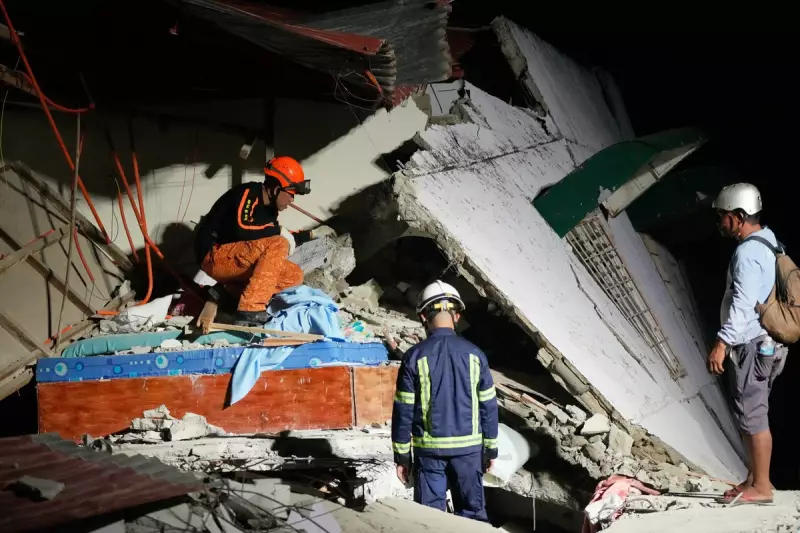
Scientists have issued a stark warning that the Philippines could be struck by a devastating 7.2 magnitude earthquake, with new research suggesting the threat to Metro Manila's 13 million residents is more immediate than previously thought.
The Looming Seismic Threat
Geological experts from the University of the Philippines' Philippine Institute of Volcanology and Seismology (PHIVOLCS) have identified the West Valley Fault as the primary concern. This massive fault line, stretching approximately 100 kilometres, has the potential to generate earthquakes of magnitude 7.2 or higher.
What makes this situation particularly alarming is the fault's historical pattern. Research indicates it moves approximately every 400 years, with the last major movement occurring in 1658. This means the region is now significantly overdue for a major seismic event.
Metro Manila's Vulnerability
The potential impact on Metro Manila could be catastrophic. Dr. Carlo Arcilla, director of the Philippine Nuclear Research Institute, emphasised the severity of the situation: "We are looking at a very realistic threat that could affect millions of people directly."
The metropolitan area, home to over 13 million residents, faces multiple risks including:
- Widespread building collapses in older structures
- Critical damage to infrastructure including bridges and roads
- Potential disruption to essential services
- Significant casualty numbers if preparedness measures aren't enhanced
Regional Seismic Activity
The warning comes amid increased seismic activity across the region. Recent months have seen several significant earthquakes, including a 6.8 magnitude quake in Mindanao that claimed at least nine lives and injured hundreds more.
Meanwhile, Japan continues to grapple with the aftermath of its own 7.6 magnitude earthquake that struck on New Year's Day, resulting in numerous casualties and widespread destruction.
Urgent Call for Preparedness
Experts are urging immediate action to mitigate potential damage. The Philippine government has been advised to:
- Accelerate building code enforcement and retrofitting of vulnerable structures
- Enhance public education and earthquake drill programs
- Strengthen emergency response capabilities
- Improve early warning systems throughout the region
The scientific community agrees: while the exact timing cannot be predicted, the geological evidence strongly suggests the Philippines must prepare for a major seismic event that could occur at any time.





